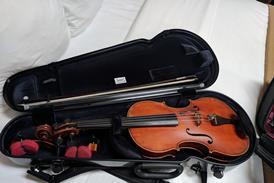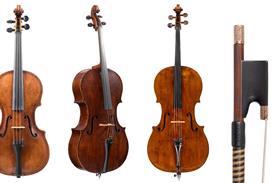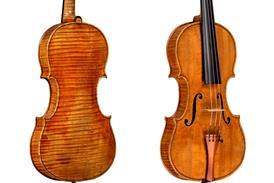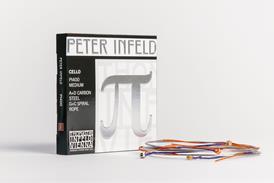- News
- For Subscribers
- Student Hub
- Playing Hub
- Podcast
- Lutherie
- Magazine
- Magazine archive
- Whether you're a player, maker, teacher or enthusiast, you'll find ideas and inspiration from leading artists, teachers and luthiers in our archive which features every issue published since January 2010 - available exclusively to subscribers. View the archive.
- Jobs
- Shop
- Directory
- Contact us
- Subscribe
- Competitions
- Reviews
- Debate
- Artists
- Accessories
Ask the Teacher - Cathy Elliott

The London-based pedagogue encourages the use of practice charts, as well as musical games
What technique books do you use?
I don’t know what there are! But I use what I call ‘quick-learn pieces’, pieces that I expect students to learn by themselves. Fingering choices are quite complex on the double bass so I also use studies and quick-learn pieces to enable students to become independent from me in learning about fingering. I don’t like doing that in repertoire, as there’s the danger that they go away and practise the piece in a technically unsound way: the point of repertoire is to express yourself musically. If they come back with a study and it’s topsy-turvy, that’s good, because I can see what they do unguided and we can have a discussion about it. I use Bottesini and Billè studies, and some by Sebastian Lee.
Do you structure lessons, and if so, how?
I like to think that I’m more creative than having a fixed structure, but I suppose I do. I have a warm-up. With the younger ones this involves getting them to sit well and doing exercises – not playing, but physical things with the bow. With older students I often use scales to warm up. If somebody is doing a study or a quick-learn piece we’ll do those, and then we’ll do repertoire. They generally have two pieces on the go at a time.
Already subscribed? Please sign in
Subscribe to continue reading…
We’re delighted that you are enjoying our website. For a limited period, you can try an online subscription to The Strad completely free of charge.
* Issues and supplements are available as both print and digital editions. Online subscribers will only receive access to the digital versions.



























